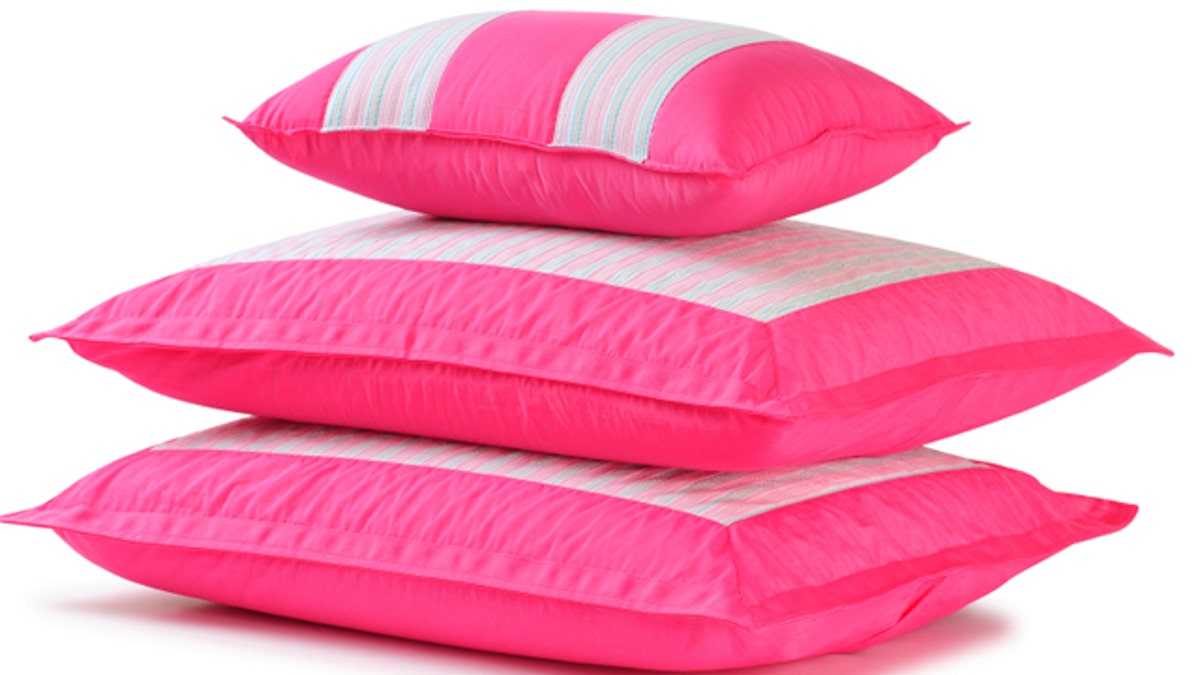
LONDON – Pillows at home and in hospitals have been overlooked as breeding grounds for infectious germs—including superbugs—according to a study cited by The London Times on Wednesday.
The study revealed that after two years of use, more than than one third of a pillow's weight is made up of living and dead dust mites, dust mite feces, dead skin and bacteria.
The findings, from UK public healthcare provider Barts and the London NHS Trust, emerged after a probe into standard-issue hospital pillows found that they were potential vehicles for infections such as methicillin-resistant staphylococcus aureus (MRSA) and Clostridium difficile (C. diff).
"People put a clean pillow case on and it looks and smells nice and fresh, but you are wrapping up something really nasty underneath," said lead researcher, Dr. Art Tucker, principal clinical scientist at St. Barts Hospital. said Dr. Art Tucker, lead researcher and principal clinical scientist at St. Barts Hospital.
The study, presented at the Healthcare Associated Infections 2011 conference in London on Tuesday, compared the state of standard hospital pillows with a medical pillow developed by the company Gabriel Scientific during several months on different wards at the hospital.
The high-tech pillows, sold under the brand name SleepAngel, are made from a membrane that is normally used as a filter in a heart stent to keep out bacteria, and sealed by melting the edges together rather than sewn.
After two months the medical pillows tested negative for all bacteria under investigation, while the standard pillows tested positive for a range of micro-organisms.
The study stopped short of demonstrating that there was an increased risk of actual transmission of infections between hospital patients. Other scientists suggested that pillows were so widely used that they could not constitute a major health risk.
